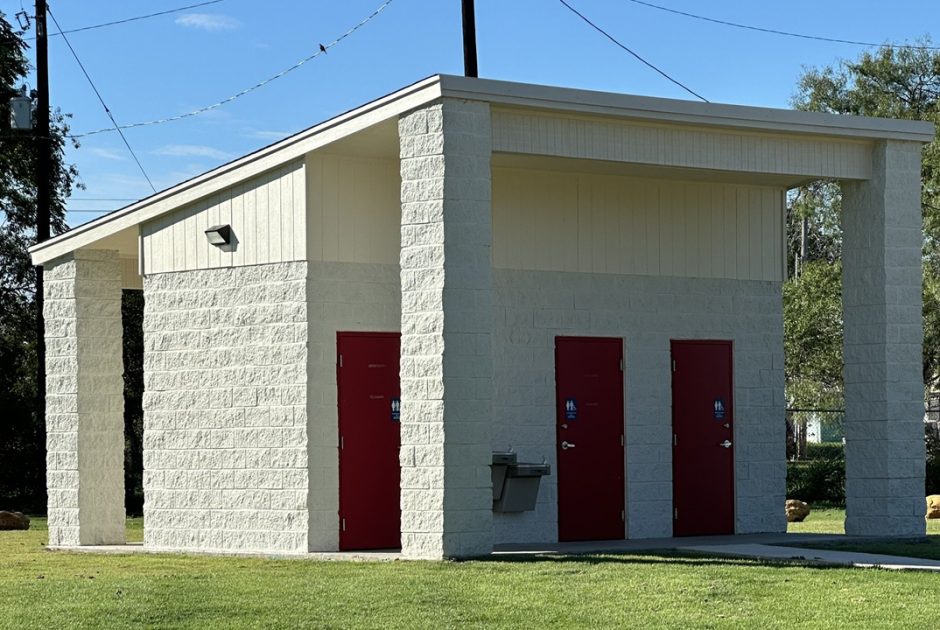Challenges
The City of Poteet, widely known for its annual Strawberry Festival and strong community spirit, recently developed a splash pad to provide a refreshing space for residents during the hot Texas summers. This project was supported by a $4 million federal grant, which also included replacing aging city water lines prone to rust and sediment. Many homes were connected to outdated private lines, and water bills skyrocketed compared to larger cities.
While the new infrastructure marks progress in addressing the city’s long-standing water quality concerns, some residents continued to rely on bottled water to get by. These ongoing efforts reflect Poteet’s dedication to enhancing the quality of life and overcoming operational challenges for the benefit of all residents.
Solution
The City of Poteet partnered with Performance Services to develop Atascosa County’s largest splash pad, a 4,000-square-foot recreational facility designed to accommodate up to 100 children. Situated at Poteet Canyon Park near the pavilion on the former basketball court site, the strawberry-designed splash pad offers modern amenities and a safe place to cool off.
In addition to the splash pad, we provided water meter installation services. The project included 1,206 AMI water meters with cellular communication capabilities. Larger meters in concrete vaults were equipped with remote boxes for endpoints, enhancing the overall reliability and functionality of the city’s water infrastructure.
Results
- Community gathering and recreation: The splash pad provides a safe, fun, and inclusive space for families and children to gather during the hot summer months.
- Decreased equipment wear and tear: Access to real-time consumption data allows for proactive leak detection, reducing unnecessary strain on the infrastructure.
- Enhanced accuracy in water usage data: Modern water meters can deliver real-time consumption information to both utilities and clients.
- Long-term cost savings: By reducing the volume of unbilled water and minimizing system inefficiencies, the improved metering and distribution lead to significant cost savings for the city, allowing resources to be allocated more effectively.








